Definitive Guide to AI in Recruitment: The Future of Hiring
The rapid adoption of Artificial Intelligence in HR and employment decision-making is transforming how organizations identify, evaluate, and promote employees. While AI offers efficiency, scalability, and data-driven objectivity in recruitment and promotion decisions, it also presents risks that must be managed to ensure fairness, transparency, and legal compliance. Want to know how?
This article provides the details of AI in recruitment, the risks associated with its use, international approaches to AI governance in HR, and practical guidance on mitigating these risks.
Part 1: How AI is Being Used in Employment?
Now, let’s explore the key ways AI technologies are utilized throughout recruitment and promotion evaluations:
1. Screening and Shortlisting Candidates
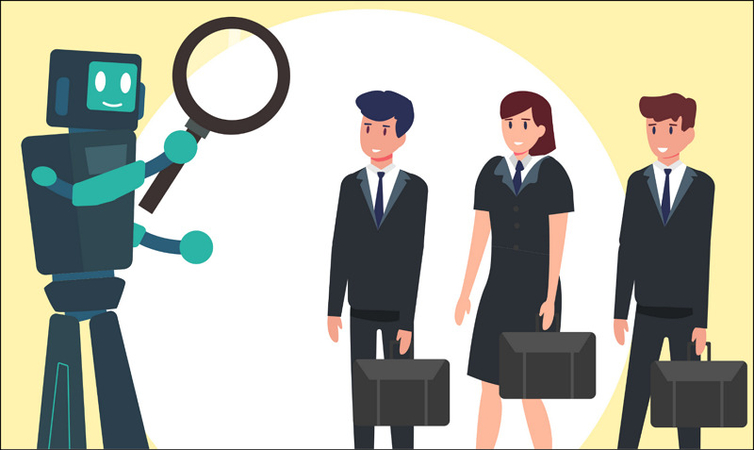
AI tools are widely used to automate the initial stages of recruitment. These systems analyze resumes, cover letters, and application forms to identify applicants whose qualifications and experiences align with job requirements.
AI can carefully and quickly review thousands of applications, helping recruiters focus on the most promising candidates. For example, chatbots engage candidates in pre-screening conversations to assess basic qualifications, skills, and cultural fit.
2. Behavioural and Psychometric Assessments
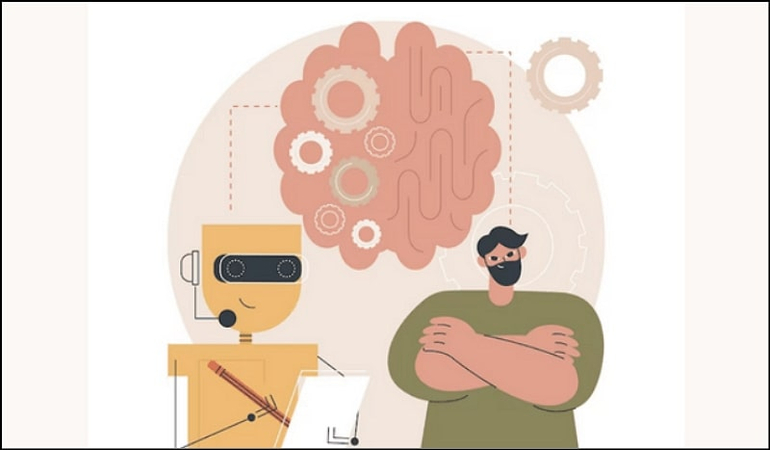
AI-powered psychometric testing tools analyze candidate responses and evaluate their personality traits, cognitive abilities, and behavioural tendencies. These assessments aim to predict cultural fit and job performance more objectively.
For example, automated video interviews are held in which candidates record their responses to preset questions using video. Then, the AI tool provides data like talk time ratios, word choice, etc., to assess candidate suitability and support human reviewers.
3. Employee Monitoring and Promotion Evaluations
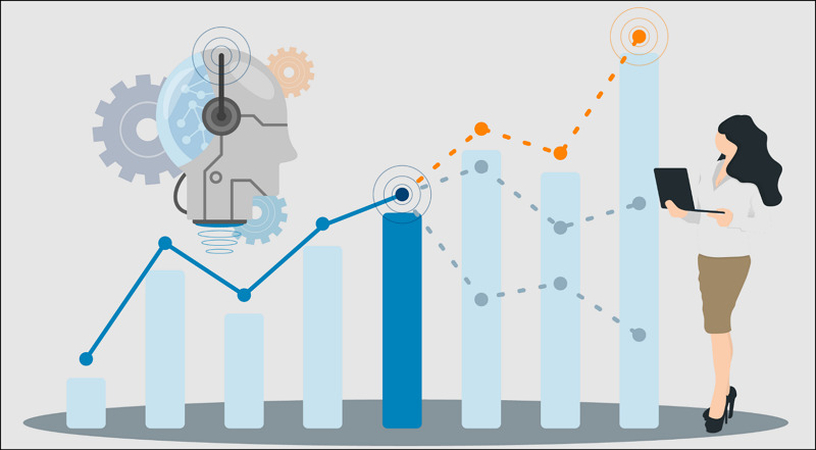
Beyond recruitment, AI is increasingly used in employee performance evaluations. With AI insights, HR can make data-based promotion decisions by identifying high-potential employees rather than using subjective judgment alone.
For example, predictive performance scoring uses machine learning to assess employee productivity, engagement, and leadership potential by processing previous performance data, communication patterns, and other behavioural factors that may be difficult for human managers to detect.
Part 2: What are the Risks of Using AI in Employment Decisions?
While the importance of AI in employee promotion decisions can’t be denied, it also raises important questions about privacy, transparency, and the ethical use of personal information in the workplace. Below are a few:
1. Bias and Discrimination
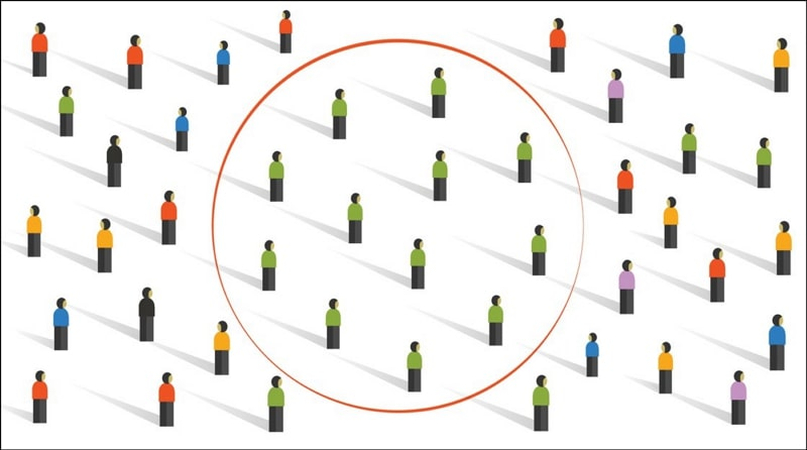
The most critical risk is algorithmic bias due to flawed AI training data. This can lead to encoding existing social biases related to gender, race, age, or disability. Without careful design and auditing, AI may perpetuate or even amplify discriminatory hiring and promotion practices.
Quoting a real-world example, Amazon discontinued its experimental AI hiring tool after discovering its discrimination against resumes, including “women’s,” for technical jobs such as software development, reflecting bias against female candidates due to imbalanced training data.
2. Lack of Transparency and Explainability

AI often operates as a “black box,” with complex models making decisions that are difficult to interpret or explain. This model offers little visibility into their reasoning process, challenging compliance with regulations requiring justification of employment decisions.
3. Privacy and Data Protection Concerns

AI recruitment tools often collect and process sensitive personal information, including biometric data from video interviews or behavioural profiles from social media. This raises serious concerns about consent, data minimization, and compliance with laws like GDPR and CCPA in Europe and the US.
4. Accountability and Legal Liability
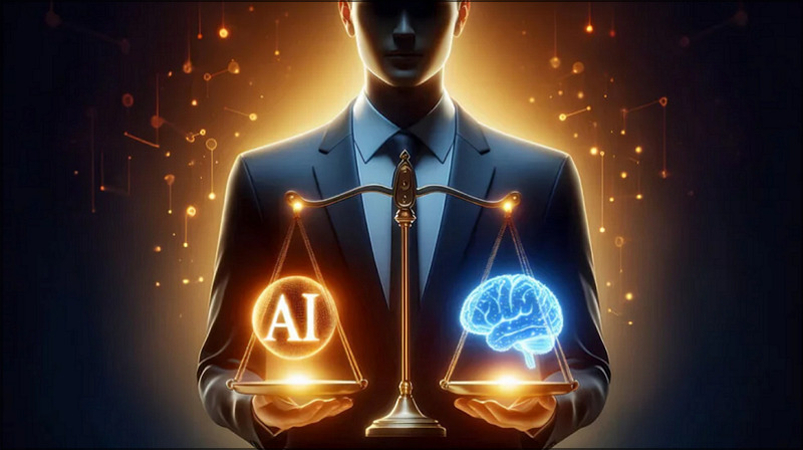
Who is responsible when an AI system makes a discriminatory or unlawful decision? It is often unclear who bears legal responsibility: the AI vendor, the hiring company, or the HR personnel relying on the AI. This ambiguity complicates legal compliance and risk management.
5. Over-Reliance on Automation

Over-dependence on AI can dehumanize the hiring and promotion process, which could raise serious concerns. This may diminish the role of human judgment and intuition in talent decisions. It will also result in missed opportunities to identify candidates with unique qualities or unconventional backgrounds who do not fit algorithmic patterns but could add high potential to the organization.
Part 3: International Classification of AI Risks in Employment
Considering the risks of AI in recruitment, various organizations and countries are actively shaping frameworks to regulate the application of AI in employment decisions. Let’s navigate AI HR compliance frameworks in EU, US, etc.
1. European Union – AI Act
The EU’s proposed AI Act classifies AI systems used in employment decisions as “high risk,” imposing strict requirements for transparency, accountability, and human oversight. This framework aims to ensure AI is safe, ethical, and respects fundamental rights.
2. OECD AI Principles
The Organisation for Economic Co-operation and Development (OECD) advocates for AI that is innovative, transparent, and accountable, as well as respects human rights and democratic values. It emphasizes AI’s trustworthy deployment in workplaces.
3. United States – EEOC & AI Guidance
US EEOC issues guidance cautioning against AI systems that could result in discrimination under laws (Title VII of the Civil Rights Act). So, companies must validate AI tools for fairness and provide human review of automated decisions.
4. Other Jurisdictions
- Canada’s AI and Data Act (AIDA) draft proposals aim to ensure that AI systems are safe and non-discriminatory so businesses will be accountable for their AI-related activities.
- Singapore’s AI Governance Framework promotes accountability and fairness through internal governance structures and stakeholder engagement.
Part 4: How Organizations Can Mitigate the Risks of AI in Employment Decisions?
To harness the advantages of AI in recruitment, organizations must adopt proactive strategies to mitigate ethical, legal, and operational risks in their employment practices. Let’s consider a few:
1. Conduct Regular AI Audits and Impact Assessments
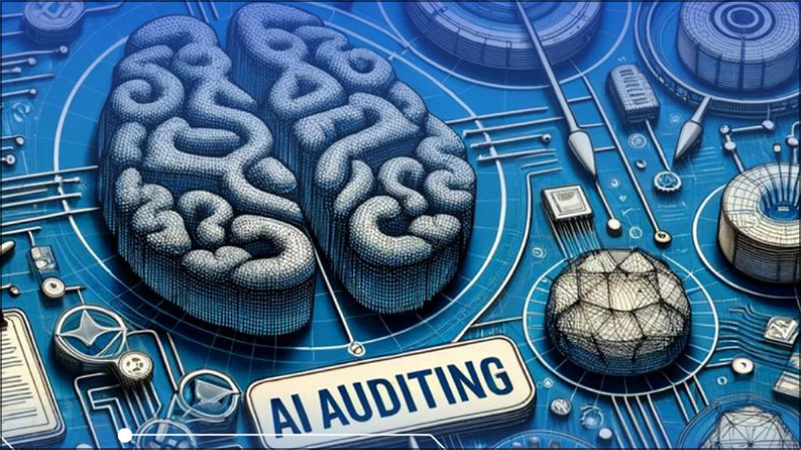
Regular audits and impact assessments help organizations identify biases, errors, and unintended consequences in AI systems. By continuously evaluating AI tools, companies can ensure compliance, improve accuracy, assess privacy risks, and maintain fairness in employment decisions while addressing evolving regulatory requirements.
2. Use Bias-mitigation Tools and Diverse Training Data
Incorporating bias-mitigation techniques and using diverse AI training data reduces the risk of discriminatory outcomes. This approach ensures that AI models fairly evaluate candidates from different backgrounds and support inclusive hiring and promotion practices aligned with ethical standards.
3. Ensure Human Oversight in Decision-making

Human oversight is critical to prevent over-reliance on AI. By involving HR professionals in reviewing AI recommendations, organizations can balance data-driven insights with empathy and contextual judgment, ensuring that final hiring or promotion decisions consider qualitative and ethical factors.
4. Provide Candidates with Appeal Mechanisms and Transparency
Offering candidates transparency about the role of AI in decision-making promotes trust and accountability. Also, accessible appeal mechanisms enable individuals to challenge or seek explanations for adverse decisions, reinforcing fairness and compliance with legal obligations in recruitment and promotion.
Conclusion
Integrating AI in recruitment and employee promotion makes HR processes more efficient and data-driven, but the risks cannot be overlooked. Organizations must pay attention to the risks of AI in recruitment through robust governance, transparency, human oversight, and compliance frameworks. Not only companies but also people using AI, such as HitPaw’s AI tools, should ensure compliance with ethical standards and legal frameworks.




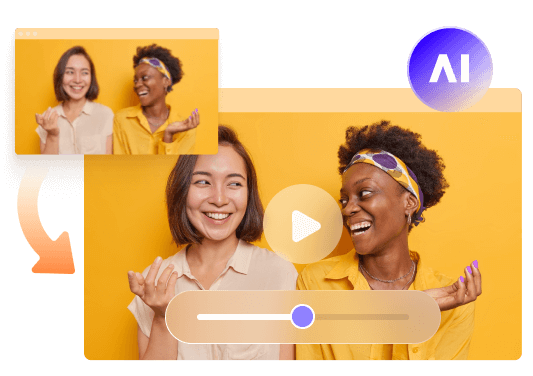




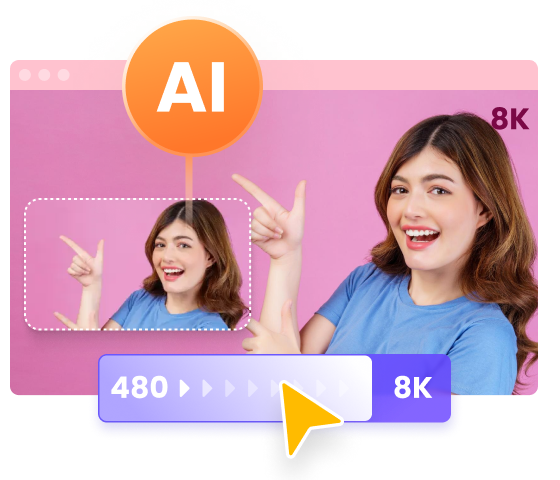
 HitPaw Edimakor
HitPaw Edimakor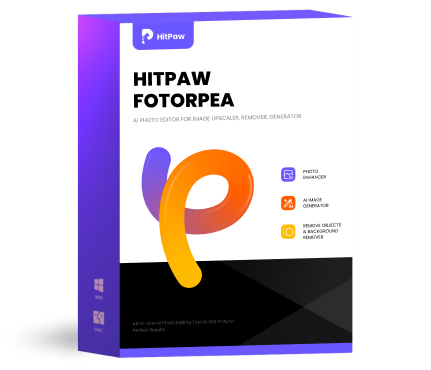 HitPaw FotorPea
HitPaw FotorPea HitPaw Univd (Video Converter)
HitPaw Univd (Video Converter) 
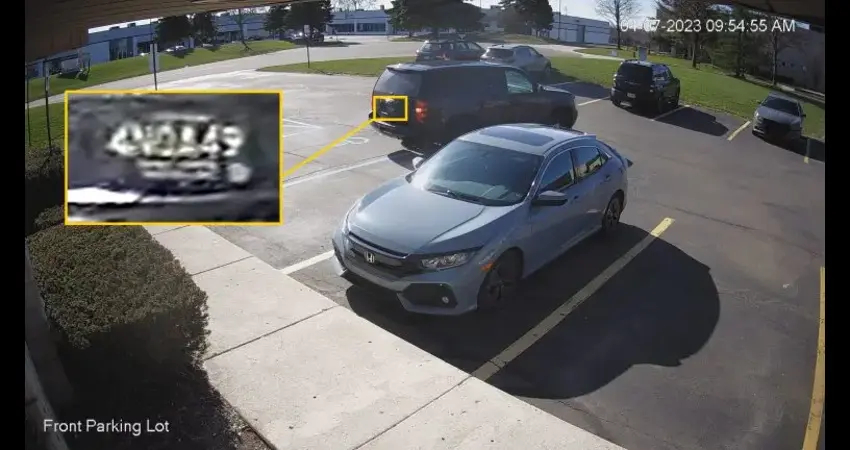
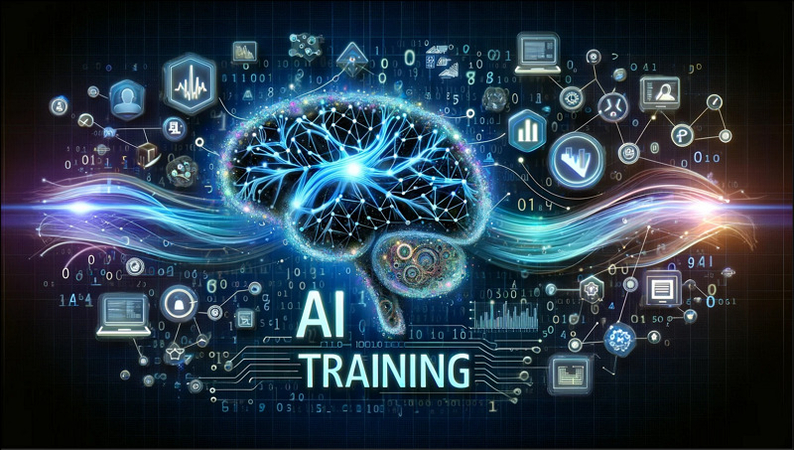

Share this article:
Select the product rating:
Daniel Walker
Editor-in-Chief
This post was written by Editor Daniel Walker whose passion lies in bridging the gap between cutting-edge technology and everyday creativity. The content he created inspires the audience to embrace digital tools confidently.
View all ArticlesLeave a Comment
Create your review for HitPaw articles